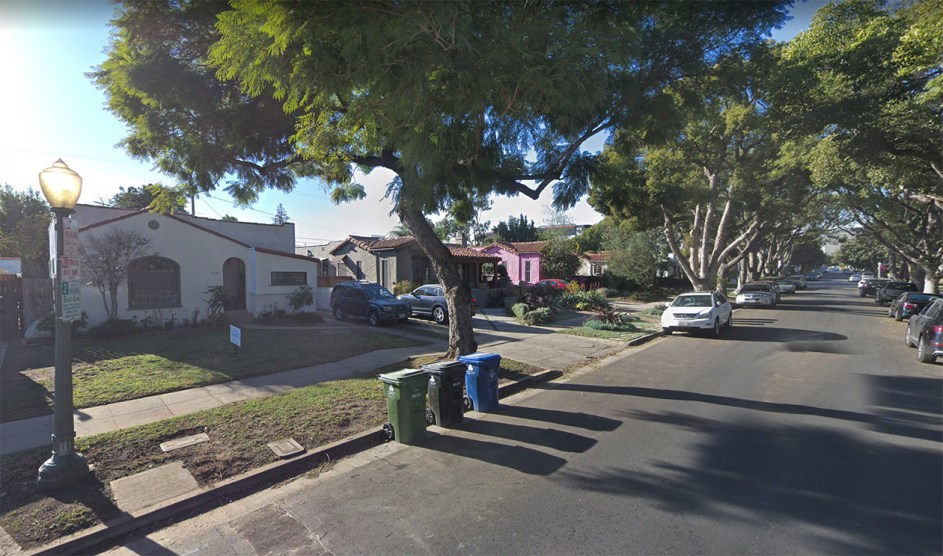
I really and truly have nothing against former LA Times editor Bill Boyarsky, but I wonder if he really understands how his recent op-ed in the Times comes off. He starts by describing the leafy, bucolic neighborhood near UCLA that he moved into 40 years ago when such places were still affordable to middle-class families:
My neighborhood is exactly the kind of place urban planners think should be part of the solution. With an Expo Line station less than a mile away, it’s near transit….I would like to be part of the solution, but I’d also hate to see the quiet streets of my neighborhood suddenly sprouting four- and five-story apartment houses….One possible way forward is being championed by a new movement of Californians who call themselves YIMBYs (for Yes In My Backyard).
….Leading the YIMBY effort legislatively is Democratic state Sen. Scott Weiner, who represents San Francisco, a city hard hit by high housing costs. He has introduced a bill, SB50, that would require cities to incentivize construction of four- to five-story apartment houses within half a mile of transit train stations and within a quarter-mile of heavily used bus lines.
….Many of today’s neighborhoods zoned strictly for single-family homes are rooted in [our racist] past. It’s time for homeowners across the city to open them up, adding housing that will make all parts of the city more economically and ethnically diverse — and make the city work better for all its residents.
In short, Boyarsky lives a mile away from transit, so he supports a plan that would spur higher density construction only within half a mile of transit. Under this plan, his neighborhood will be untouched, while others will get exactly the kind of development he says he doesn’t want near him.
This isn’t YIMBY, it’s YIYBY—Yes In Your Backyard. In other words, it’s exactly what we have now. It hardly needs any help.


















